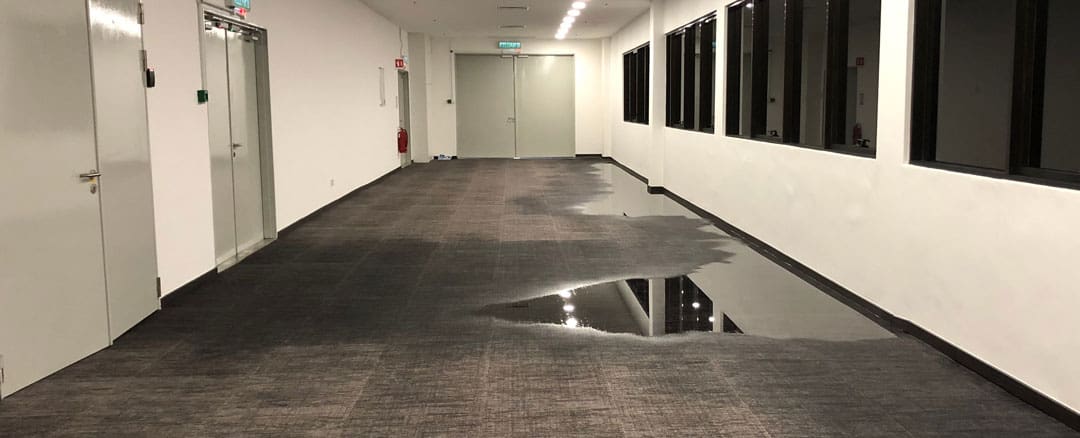Do's & Don'ts of Water Restoration.
Do's & Don'ts of Water Restoration.
Blog Article
This post listed below involving Fire And Water Damage Prevention is totally engaging. Read it yourself and see what you think of it.

Water gives life, however water breach on some components where it's not supposed to be can result in damages as well as trouble. It can peel off away the surface and wear down the material's foundation if the water leaks right into your framework. Mold and mildew as well as mildew additionally thrive in a wet environment, which can be harmful for your and your household's health and wellness. Furthermore, houses with water damages scent old and musty.
Water can come from numerous sources like typhoons, floodings, ruptured pipes, leaks, and sewage system issues. If you have water damage, it's much better to have a working understanding of safety and security preventative measures. Here are a couple of standards on exactly how to manage water damage.
Do Prioritize House Insurance Coverage Protection
Seasonal water damage can originate from floods, seasonal rains, and also wind. There is also an event of a sudden flood, whether it came from a damaged pipe that all of a sudden ruptures into your residence. To safeguard your residence, obtain residence insurance coverage that covers both acts of God such as natural tragedies, and emergencies like broken plumbing.
Do Not Forget to Switch Off Utilities
When calamity strikes and also you're in a flood-prone area, shut off the primary electrical circuit. Switching off the power protects against
electric shocks when water comes in as water works as a conductor. Do not fail to remember to turn off the primary water line shutoff as a way to stop even more damage.
Maintain your furniture stable as they can relocate around and trigger extra damages if the floodwaters are obtaining high.
Do Keep Proactive and Heed Weather Informs
If you live in an area tormented by floods, stay aggressive and prepared at all times. Listen to the information and also evacuation cautions if you live near a body of water like a lake, river, or creek .
Don't Ignore the Roofing System
Your roofing professional must take care of the malfunctioning gutters or any kind of various other indications of damages or weakening. An inspection will protect against water from streaming down your wall surfaces and saturating your ceiling.
Do Focus On Little Leakages
There are red flags that can attract your interest as well as indicate to you some weakened pipelines in your residence. Indications of red flags in your pipes consist of bubbling paint, peeling wallpaper, water touches, water spots, or dripping noises behind the walls. Fixing and also evaluate your plumbing repaired before it results in substantial damage to your house, funds, as well as a personal headache.
Don't Panic in Case of a Ruptured Pipe
Timing is vital when it comes to water damage. If a pipe ruptureds in your residence, promptly shut off your major water shutoff to reduce off the resource as well as prevent more damage. Call a credible water damages repair specialist for assistance.
Water gives life, but water invasion on some components where it's not intended to be can result in damages and aggravation. In addition, residences with water damages smell moldy as well as old.
Seasonal water damages can come from floodings, seasonal rains, and wind. Signs of red flags in your pipes consist of gurgling paint, peeling off wallpaper, water touches, water discolorations, or trickling audios behind the wall surfaces. If a pipe ruptureds in your residence, promptly shut off your primary water shutoff to reduce off the resource and protect against more damage.
Some Do's & Don't When Dealing with a Water Damage
DO:
Make sure the water source has been eliminated. Contact a plumber if needed. Turn off circuit breakers supplying electricity to wet areas and unplug any electronics that are on wet carpet or surfaces Remove small furniture items Remove as much excess water as possible by mopping or blotting; Use WHITE towels to blot wet carpeting Wipe water from wooden furniture after removing anything on it Remove and prop up wet upholstery cushions for even drying (check for any bleeding) Pin up curtains or furniture skirts if needed Place aluminum foil, saucers or wood blocks between furniture legs and wet carpet Turn on air conditioning for maximum drying in winter and open windows in the summer Open any drawers and cabinets affected for complete drying but do not force them open Remove any valuable art objects or paintings to a safe, dry place Open any suitcases or luggage that may have been affected to dry, preferably in sunlight Hang any fur or leather goods to dry at room temperature Punch small holes in sagging ceilings to relieve trapped water (don't forget to place pans beneath!); however, if the ceiling is sagging extremely low, stay out of the room and we'll take care of it DO NOT:
Leave wet fabrics in place; dry them as soon as possible Leave books, magazines or any other colored items on wet carpets or floor Use your household vacuum to remove water Use TV's or other electronics/appliances while standing on wet carpets or floors; especially not on wet concrete floors Turn on ceiling fixtures if the ceiling is wet Turn your heat up, unless instructed otherwise

I was brought to that editorial on Ways to Reduce The Risk Of Fire And Water Damage through a friend on our other web property. So long as you enjoyed our blog post plz don't forget to pass it around. I treasure reading our article about Ways to Reduce The Risk Of Fire And Water Damage.
Report this page